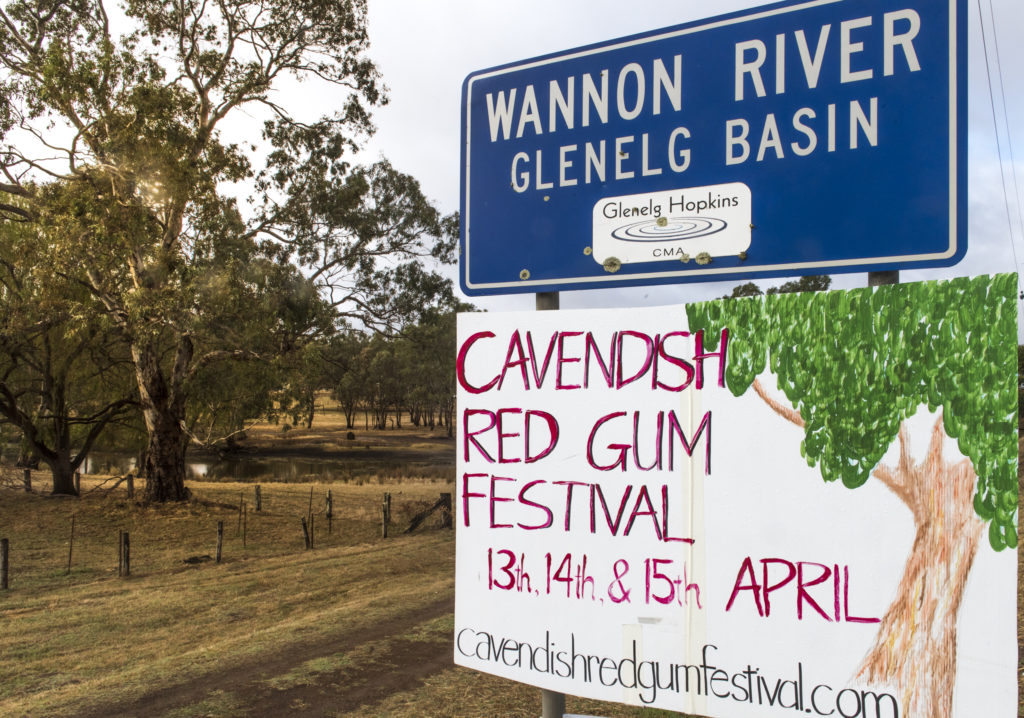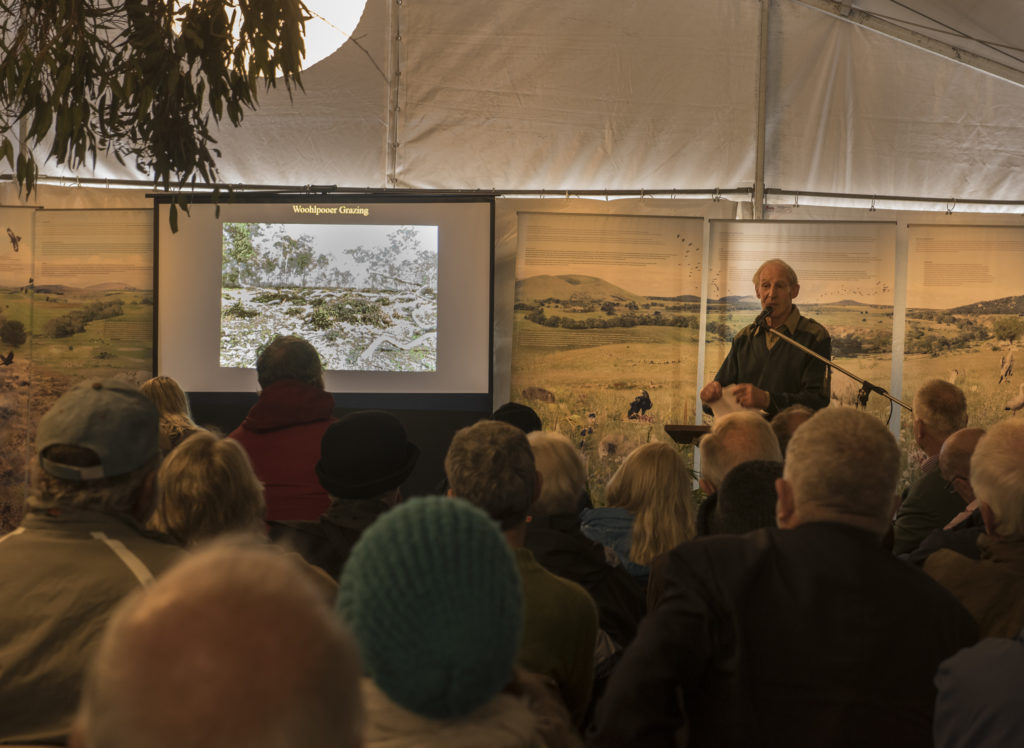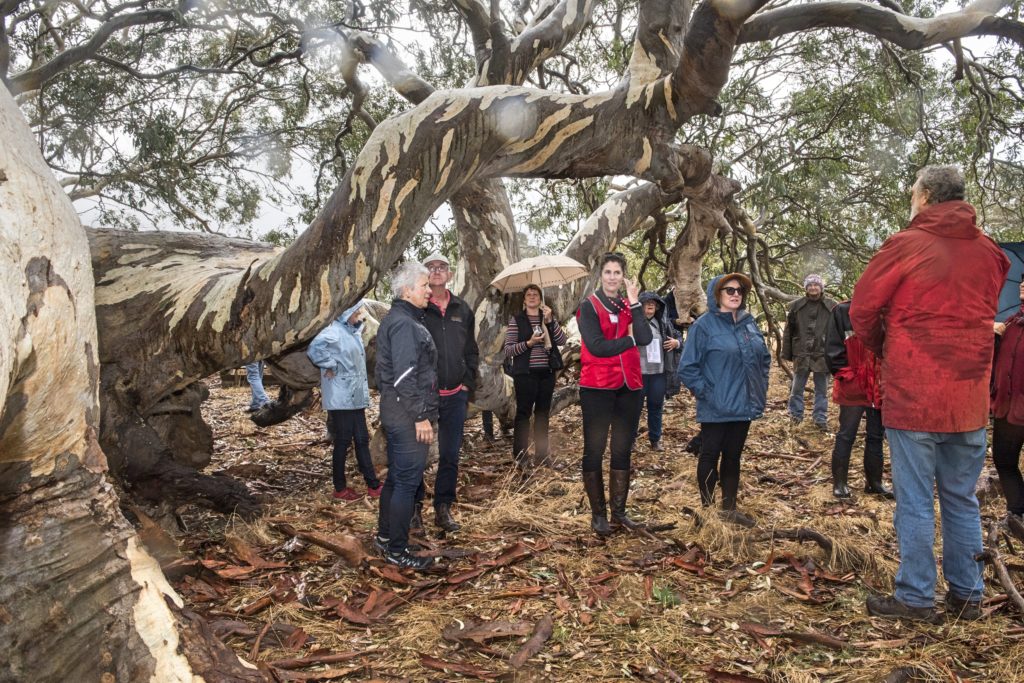Foundation for Rural & Regional Renewal (FRRR)
For centuries, red gums have dotted the landscape in south-west Victoria and south-eastern South Australia. A few community members from the small town of Cavendish in south-west Victoria understand the importance of these trees to the local natural environment. But they wanted to share their passion more widely and put the spotlight on these fantastic trees.
A creative approach
In 2017, this small group set up the Red Gum Festival Development Group Incorporated (RGFDG). One of their first projects was an arts festival, designed to explore and celebrate all aspects of the red gum species and hopefully, increase community understanding and willingness to protect the local environment. They also hoped that it would help to attract more tourists who already come to see the famous trees, and in turn support the local economy.

A $3,410 grant from FRRR was the initial funding for the inaugural Cavendish Red Gum Festival.
A committee of 12 and a team of 57 volunteers launched the inaugural Festival in April 2018. They worked hard to establish strong relationships with numerous local groups, including the Cavendish Recreation Reserve Committee, primary school, Lions Club and Men’s Shed, to ensure the project had extensive support.
To spread the word and build momentum in the lead up to the Festival, the RGFDG hosted sculpture, photography and writing competitions, with winners announced during the Festival. On the day, there was a wide range of activities, including markets, food stalls, exhibitions of wood-turning and musical performances.
Other core elements of the Festival were the science-based exhibits and a symposium featuring experts in forestry, conservation and tree science, and a bus tour of notable tree specimens and new plantations. These contributed to a document that is being shared with local Landcare groups, farmers and other interested parties to help preserve the trees. There is also a plan to generate a map of red gums, as a way of monitoring their size and health.
Sustainable solution
A second festival is planned for 2020, and it’s hoped it will become a regular community celebration. The growth of this arts festival has the potential to build community pride, attract tourists and significantly contribute to the local economy. Plus, by raising awareness of the importance of the trees and knowledge of their needs, the community, including landowners, will be better positioned to care for and protect them.
Art drew the crowd, and data and awareness will preserve the red gums. The Red Gum Festival was chosen to participate in the Art Resides Here project as the community is using the appeal of arts and cultural activities to raise awareness about the local environment.
They will tell their story at Artlands Victoria in Castlemaine and Bendigo in October 2018.
One local organisation that is very active around Lake Eacham, 100 km west of Cairns in Queensland, is Trees for the Evelyn and Atherton Tablelands (TREAT), a community-based tree planting organisation of some 600 volunteer members. Members work together to revegetate degraded lands and create corridors for wildlife on the Atherton Tablelands.
Volunteers key to success of organisation

TREAT has a wonderful working relationships with the Queensland Parks and Wildlife Service (Restoration Services), as well as with landholders and local landcare and community groups. Up to 60 or so members (come along each week to prepare seeds, pot or re-pot seedlings, and perform other necessary jobs before enjoying morning tea together. Their efforts peak each wet season, up to 240 volunteer hours a week tree planting at various private or public revegetation sites.
Grant enhances safety of operations
TREAT received a $3,000 grant, funded by the Sylvia and Charles Viertel Charitable Foundation, via FRRR’s Small Grants for Rural Communities program to retrofit purpose-built rack stands to the existing hardening off bays at their rainforest tree seedling nursery. The new racks have made the working height more comfortable, so older volunteers can work safely without bending down.
TREAT President, Angela McCaffrey, said that these ergonomically designed pipe racks that support the bays of seedling trays have made such a difference to the use, comfort and safety of the volunteers.
Photo courtesy of TREAT website.



